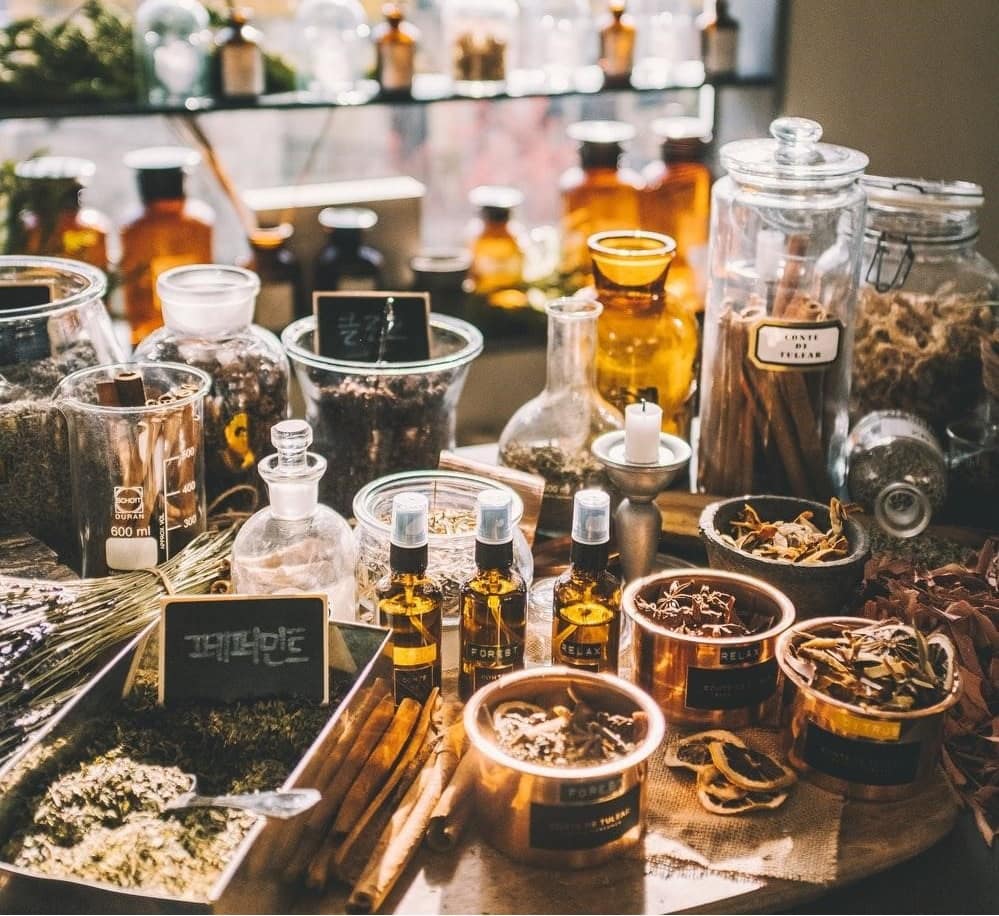Oriental medicine is often perceived as an important complement and alternative to western medicine. The growing popularity of herbal medicine, coupled with limited regulations and mass advertising has facilitated a rise in demand for eastern medicine.
In the west, the astronomical costs of healthcare have driven many patients to seek alternatives. Indeed, herbal medicines are much more cost-effective than prescribed pharmaceuticals.
While US and European markets routinely promote eastern meds as single-ingredient products such as Ginseng, St John’s Wort, et al, they are hardly ever administered that way in the Orient. In China, Japan, Singapore, Hong Kong, Korea, Taiwan, Malaysia, and the Philippines, herbal remedies are combined as concoctions, useful for treating a variety of ailments, conditions, and diseases*.
*Source: https://www.ncbi.nlm.nih.gov/pmc/articles/PMC3955605/
According to the WHO (World Health Organization), some 4/5 of the global populace utilizes herbal medicines. Typically, Oriental medication is comprised of 5 branches. These include dietary therapies, therapeutic massage, Qigong healing, Chinese herbology, moxibustion, and acupuncture. Below we focus our energy on herbology, specifically fungi.
Many herbs currently sold are simply ground from the original plants, with no processing whatsoever. There are a variety of methods available for detoxifying herbal products, notably the use of alcohol and desiccation techniques. A large and growing body of evidence suggests that mushrooms can improve neuronal health, and promote quality of life too.
The Use of Mushrooms in Oriental Medicine
Traditional Chinese Medicine (TCM) has often used medicinal mushrooms for treating a variety of ailments. There are many known health benefits that arise from mushrooms, for ailments, maladies, diseases, and immune system well-being. It is estimated that medicinal mushrooms have been used in TCM for up to 7000 years.
Taoist masters such as Tao Hongjing wrote extensively on medicinal mushrooms and their healing ability. Indeed, the properties of culinary and medicinal mushrooms are well-known, particularly Ganoderma, known as Mannentake or Reishi mushroom in Chinese. This is arguably the most famous of all the medicinal mushrooms available nowadays, and it refers to a range of Ganoderma species of fungi.
The Reishi Mushroom a.k.a. Lingzhi mushroom often gains top billing in studies. According to experts, Lingzhi benefits and side effects are noted in the literature, and include the following broad-based treatment properties:
- Evidence suggests that Reishi mushrooms can kill cancer cells in vitro trials.
- The body’s natural circadian rhythm may enjoy improved sleep quality with Reishi Mushrooms.
- Alopecia can be combated through the DHT (dihydrotestosterone) presence in the mushrooms. As a DHT blocker, Reishi mushrooms function similarly to Propecia (finasteride).
- The immune system can benefit from the consumption of Reishi Mushrooms, given the efficacy of fungal immunomodulatory proteins and polysaccharides.
- Reishi Mushrooms are effective at treating the symptoms of fatigue, anxiety, and depression.
- Skin quality can enjoy enhancements with the natural hydration through the polysaccharide content of the mushrooms. Since mushrooms contain antioxidants, this can counter the negative effects of oxidative stress.
Naturally, there can be side effects to any medicinal and/or culinary food, including mushrooms. It’s been noted they can cause rash, nausea, dizziness, and dry mouth in some cases.
According to legend, this particular mushroom species has been used since biblical times, and it is widely reputed to be an anti-viral, antibacterial, and anticancer agent. It is also thought to have curative properties for diabetes and to act as an elixir for youthfulness. There is a cornucopia of information pertaining to medicinal mushrooms, particularly in the Far East with a 1980 body of work titled Fungi Pharmacopoeia. In this volume of work, some 120 species of medicinal mushrooms are discussed in-depth, including all the elements, maladies, and diseases that the mushrooms are used for.
7 years later, Ying et al published the groundbreaking Icons of Medicinal Fungi from China, which discussed some 272 medicinal mushroom varieties. Over the years large volumes of work were published in the Orient on precisely this topic. The risk/reward ratio is clearly in favor of using medicinal mushrooms, but they are not meant as a replacement for other treatment regimens. Rather, they should be used as complementary treatments, on the proviso that a licensed physician has signed off on them.
